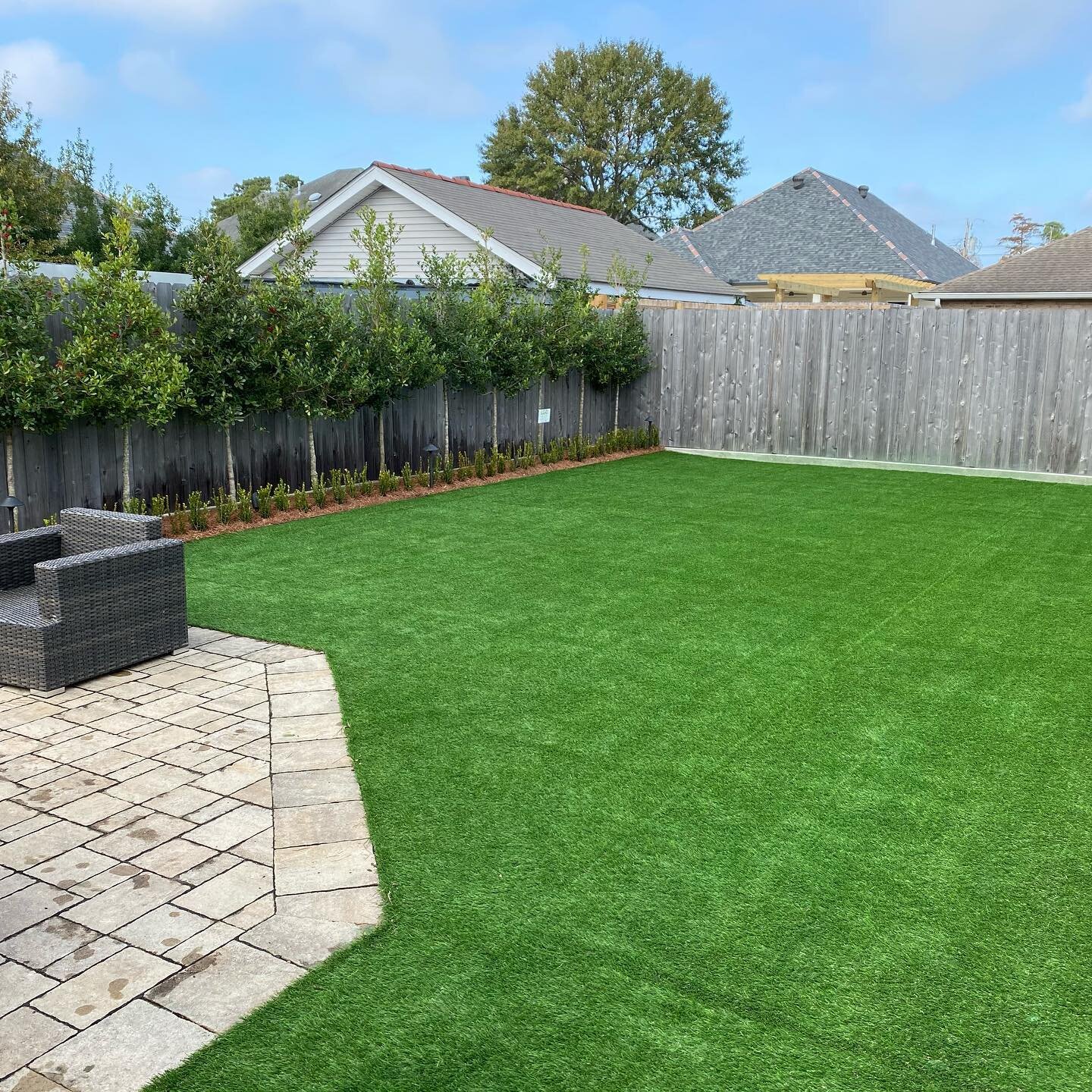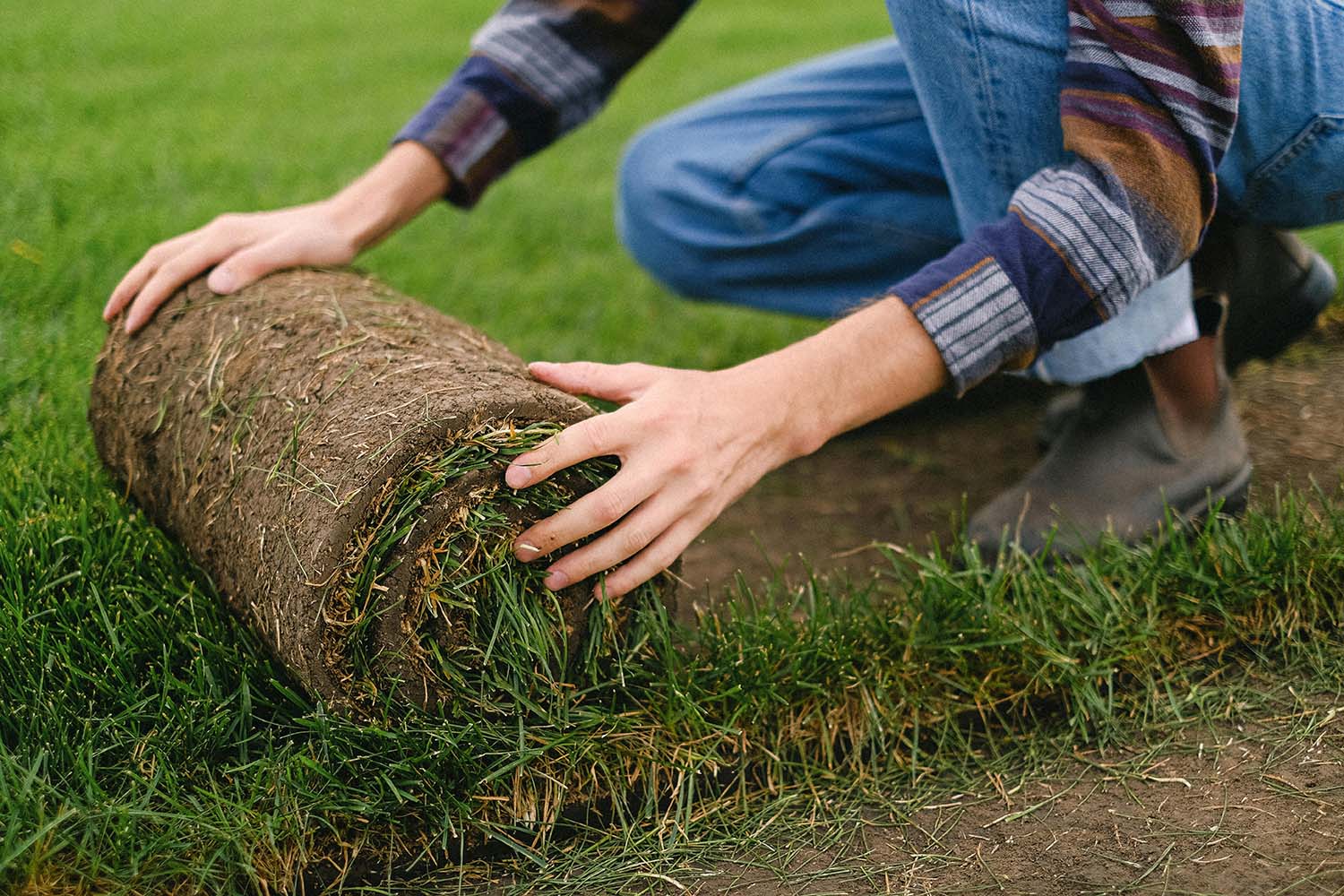Sustainable Arizona Artificial Turf for a Always-Green Lush Green Lawn
Sustainable Arizona Artificial Turf for a Always-Green Lush Green Lawn
Blog Article
See Why Homeowners Prefer Synthetic Grass for Lasting Landscaping Practices
As homeowners progressively focus on sustainability in landscape design, fabricated turf has emerged as an engaging choice to typical yard. What stays to be discovered is the complete scope of benefits that artificial lawn can offer to house owners and the atmosphere alike.
Water Preservation Conveniences
One of one of the most substantial benefits of fabricated grass is its duty in water conservation. Standard turf yards need substantial amounts of water to maintain their rich look, frequently resulting in overuse of regional water sources, especially in deserts. In comparison, synthetic turf removes this demand completely, as it does not need watering. This not only conserves water however also decreases the strain on metropolitan water systems, specifically during dry spell problems.
Furthermore, the setup of synthetic grass can add to an extra sustainable landscape. House owners can dramatically reduce their water bills, permitting reallocation of resources to various other ecological initiatives or house usages. Additionally, synthetic grass is made to withstand various climatic conditions without the demand for supplemental watering, making it a suitable option for areas encountering water shortage.
The environmental advantages expand beyond instant water savings. By lowering water intake, synthetic grass helps to mitigate the effects of climate change, preserving essential communities that are threatened by excessive water removal. As sustainable landscaping methods gain traction, fabricated grass becomes an accountable choice for house owners looking for to produce green exterior areas.
Lowered Maintenance Efforts
Man-made grass considerably lowers maintenance efforts contrasted to traditional grass yards. With fabricated grass, house owners can remove the taxing jobs connected with natural landscaping, such as mowing, fertilizing, and weeding. This not just saves valuable time however likewise minimizes physical labor, making yard treatment accessible for individuals of any ages.
Typical grass require regular trimming to preserve a cosmetically pleasing elevation, whereas fabricated grass stays regularly rich without the requirement for reducing. In addition, house owners no longer require to use chemicals or plant foods, which are often called for to maintain all-natural lawn healthy.
Moreover, man-made turf is durable and resilient, calling for very little upkeep beyond occasional cleaning and rinsing to eliminate particles. This convenience of upkeep enables house owners to appreciate their outdoor areas without the continuous concern of maintenance, supplying even more time for recreation and family activities. Inevitably, the lowered upkeep initiatives related to fabricated grass make it an enticing choice for those looking for a low-maintenance, visually appealing landscape.

Environmental Influence Reduction
There is an expanding recognition of the ecological advantages linked with synthetic grass, especially in regards to water conservation and decreased chemical use. Conventional lawns require substantial quantities of water, specifically in drought-prone areas, bring about boosted pressure on regional water resources. On the other hand, synthetic grass removes the requirement for irrigation, considerably reducing water consumption and promoting sustainability.
In addition, traditional lawn upkeep often entails the application of pesticides, fertilizers, and herbicides, which can contribute to dirt and water contamination. Synthetic lawn reduces this why not try here environmental hazard by calling for minimal maintenance and essentially eliminating the need for hazardous chemicals. This not only improves dirt health yet likewise secures regional environments from poisonous runoff.
Additionally, the production of natural yard yards typically entails using fossil fuels for trimming and landscape design tools, further adding to greenhouse gas emissions. By choosing artificial grass, home owners can significantly decrease their carbon impact related to grass care tasks.
Visual Allure and Flexibility
Along with its ecological advantages, synthetic grass offers significant visual appeal and flexibility for landscaping. Home owners can attain a rich, eco-friendly appearance year-round, getting rid of the seasonal variations frequently connected with natural lawn. This constant aesthetic not only enhances the visual appeal of a building however likewise adds to a refined and properly maintained look.
Moreover, synthetic grass is offered in a range of shades, styles, and textures, permitting customization to suit individual choices and design themes - Artificial turf companies phoenix. Whether utilized in household yards, business rooms, or recreational locations, it can flawlessly incorporate right into diverse landscape design styles, from modern-day minimal to lavish exotic settings
The versatility of synthetic grass prolongs beyond mere look; it can be set up in different places, including rooftops, outdoor patios, and even indoor areas, developing chances for one-of-a-kind landscape design services. Furthermore, it is appropriate for a series of activities, from children's play locations to pet-friendly environments, offering capability without endangering style.
Ultimately, the aesthetic charm and flexibility of synthetic lawn make it an attractive option for house owners seeking lasting landscape design services that do not compromise charm for ecological responsibility.

Long-Term Price Cost Savings
One of the most compelling benefits of synthetic turf is its possibility for long-term price financial savings. Unlike all-natural grass, which requires routine maintenance-- consisting of mowing, watering, fertilizing, and bug control-- fabricated lawn substantially minimizes these recurring expenses.
In addition, synthetic lawn has a life expectancy of 15 to 25 years, depending on its quality and use. This durability reduces substitute prices, making it a much more cost-effective choice over time. The first financial investment in artificial grass can commonly be recouped through the financial savings accumulated over time.
While the upfront cost may seem greater compared to turf setup, the cumulative cost savings from minimized upkeep and water usage commonly exceed these preliminary expenses. Inevitably, the fostering of synthetic grass not only promotes a sustainable landscaping option however likewise supplies homeowners a monetarily wise choice that aligns with lasting budgeting goals.
Final Thought
Synthetic grass becomes an engaging choice for sustainable landscape design, supplying significant advantages in water preservation, decreased upkeep efforts, and diminished ecological effect. Its visual appeal and flexibility boost the visual landscape while aligning website link with modern sustainability this link objectives. Long-lasting cost savings add to its appearance for property owners. As communities increasingly focus on ecologically pleasant practices, the fostering of man-made lawn represents a dynamic step towards attaining sustainable and resilient landscapes.
Additionally, synthetic lawn is designed to withstand various climatic conditions without the demand for supplementary watering, making it an ideal selection for areas dealing with water shortage. (Phoenix turf companies)

Man-made lawn emerges as a compelling choice for lasting landscaping, providing considerable benefits in water preservation, decreased upkeep initiatives, and diminished environmental effect.
Report this page